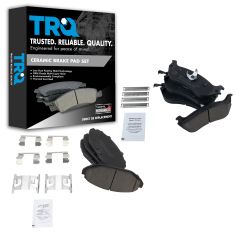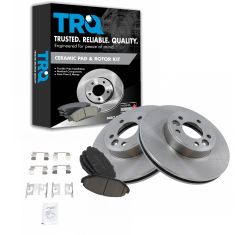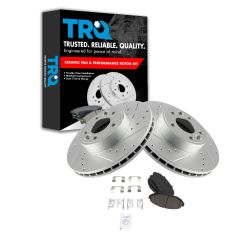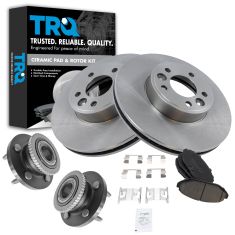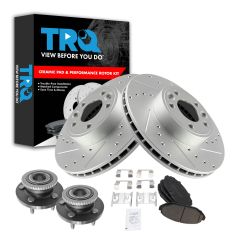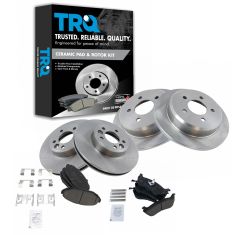1ABPS02617-1998-02 Ford Lincoln Mercury Front Ceramic Brake Pads TRQ BFA73163
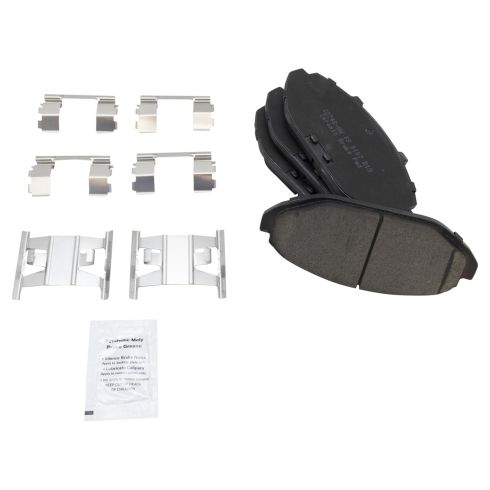
Replaces
2001 Ford Crown Victoria Front Ceramic Brake Pads TRQ BFA73163

Product Reviews
Loading reviews
There are no reviews for this item.
Customer Q&A
No questions have been asked about this item.
Ford is a registered trademark of Ford Motor Company. 1A Auto is not affiliated with or sponsored by Ford or Ford Motor Company.
See all trademarks.










